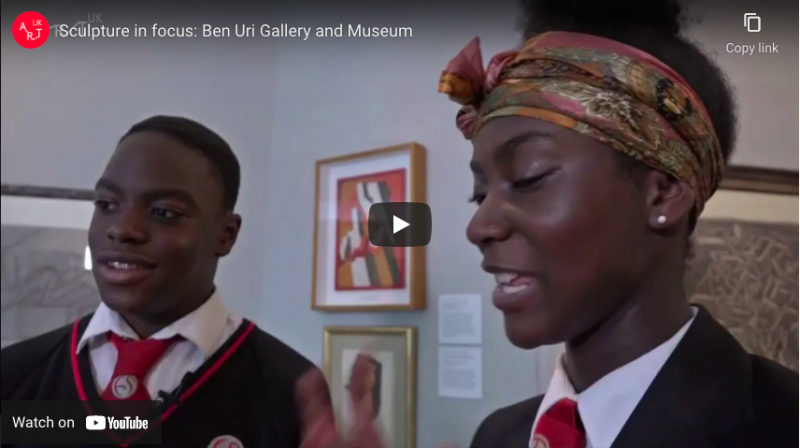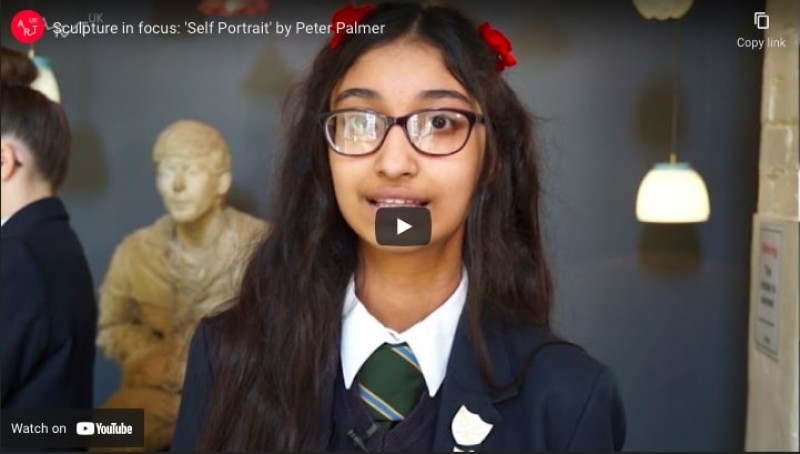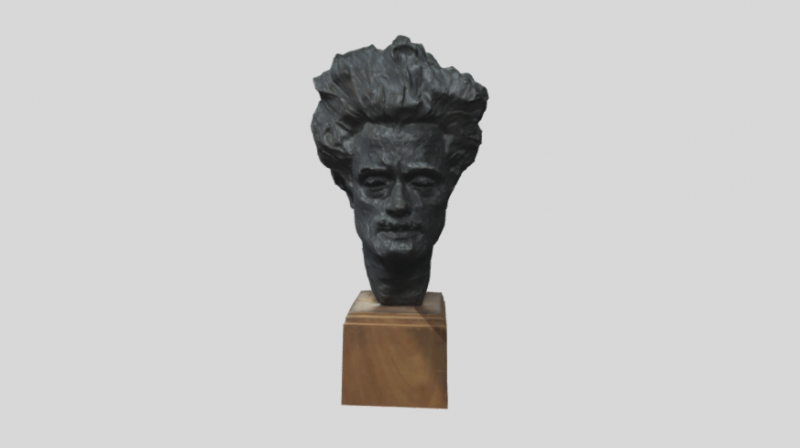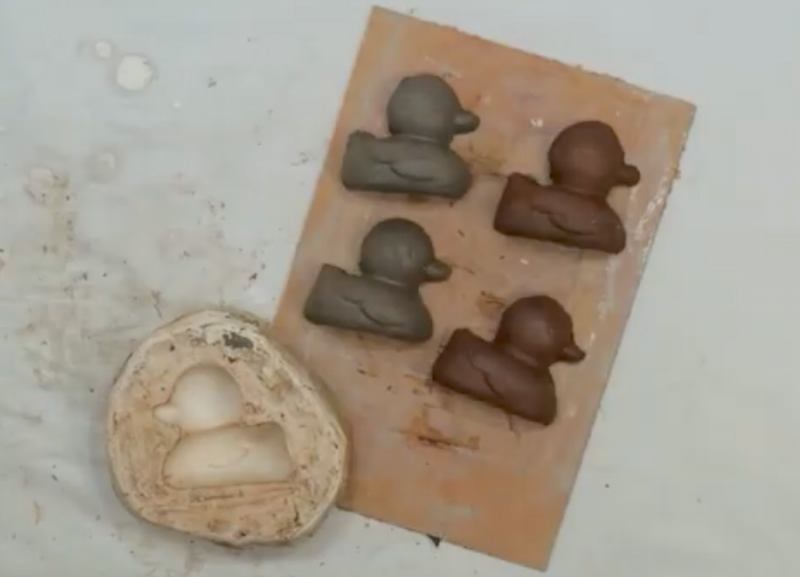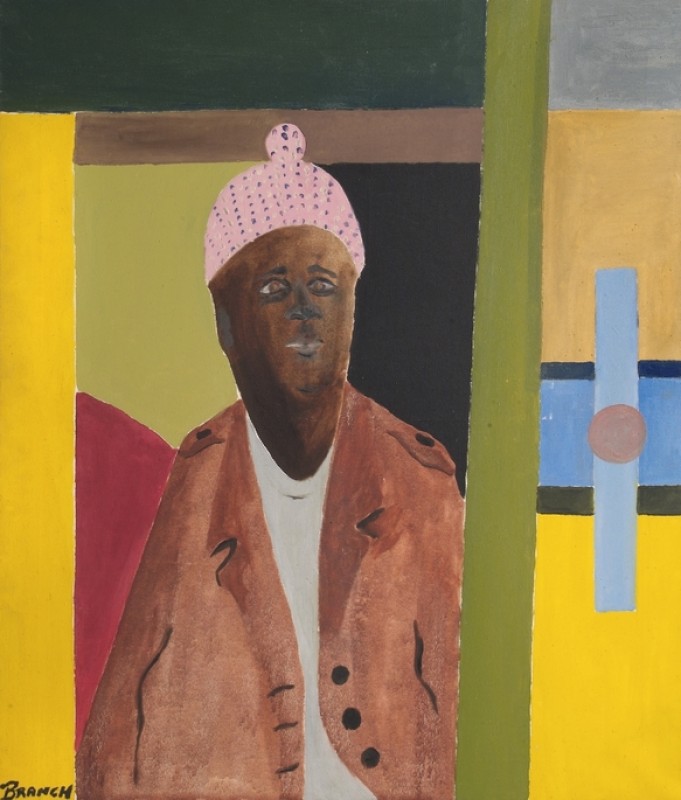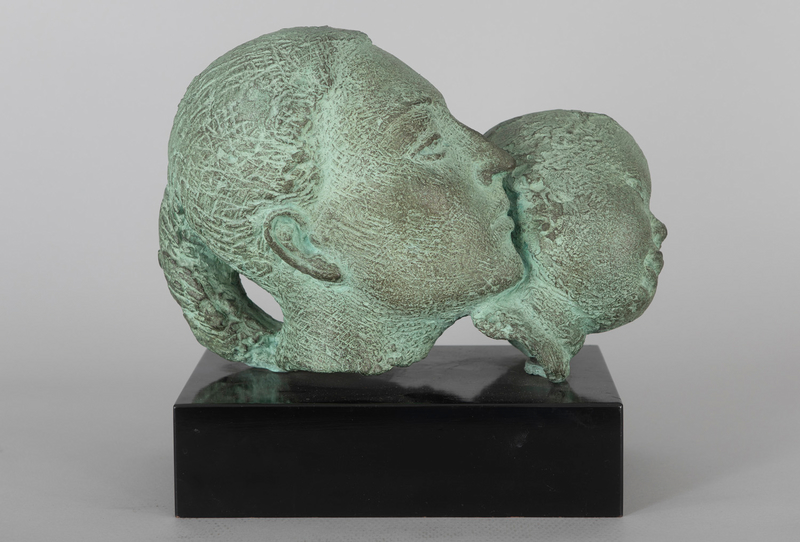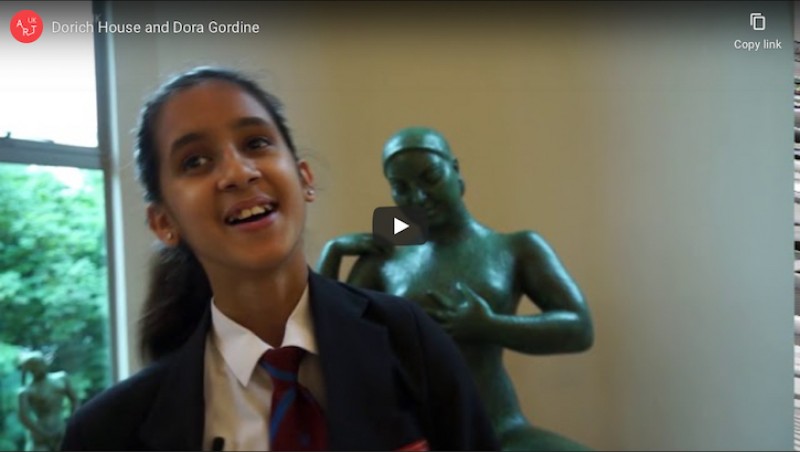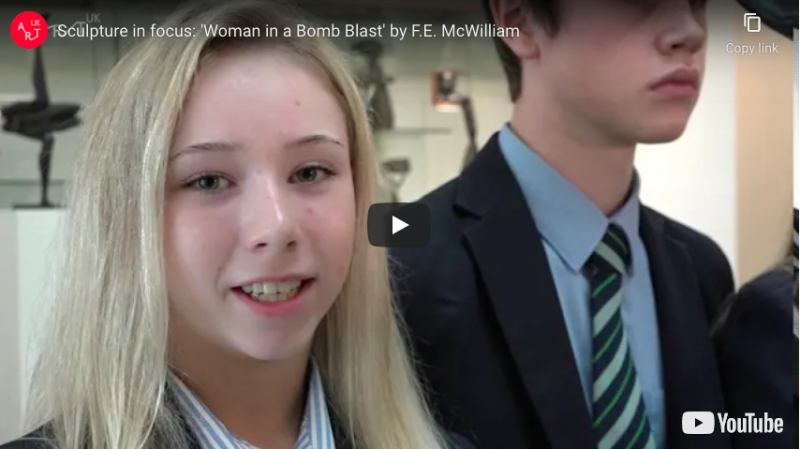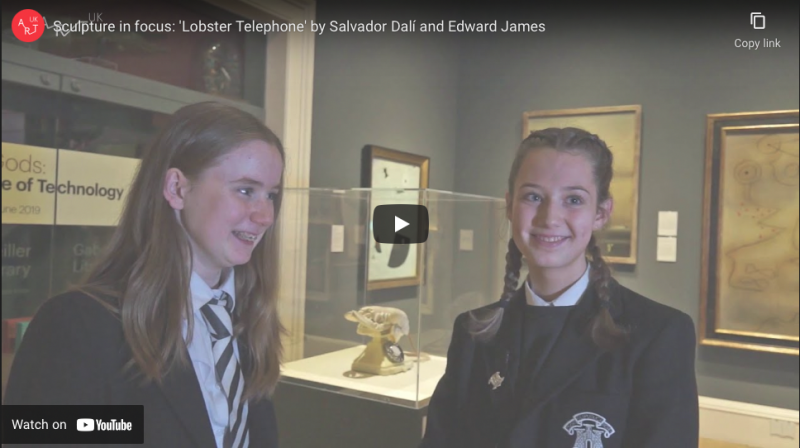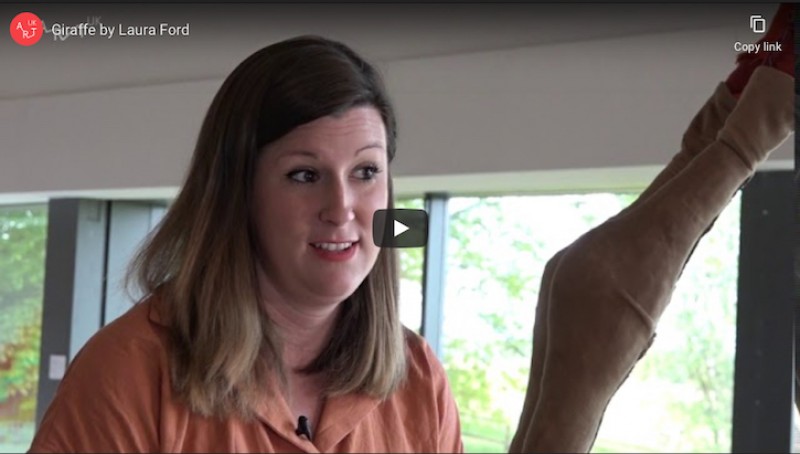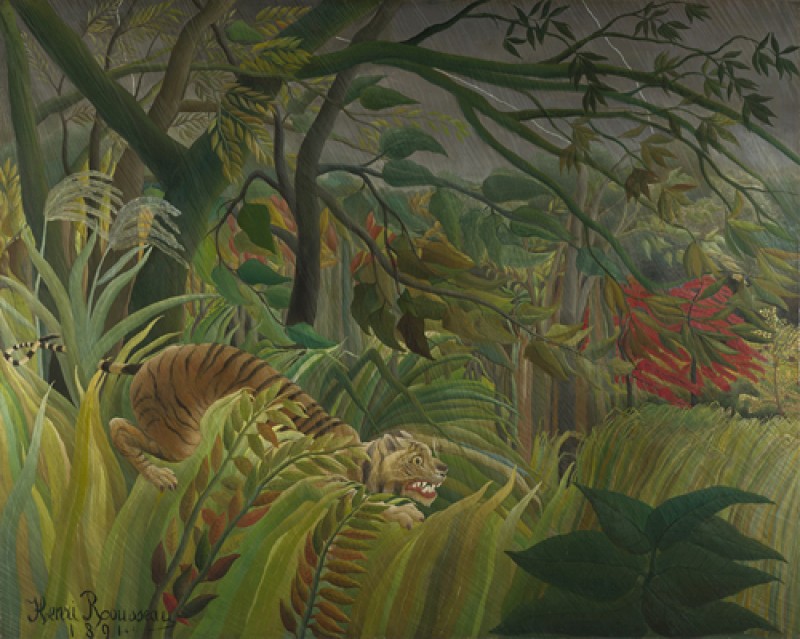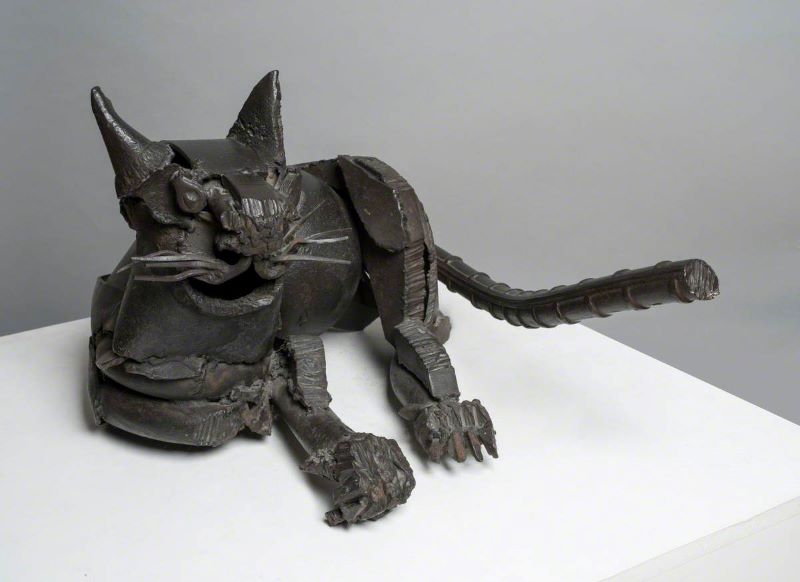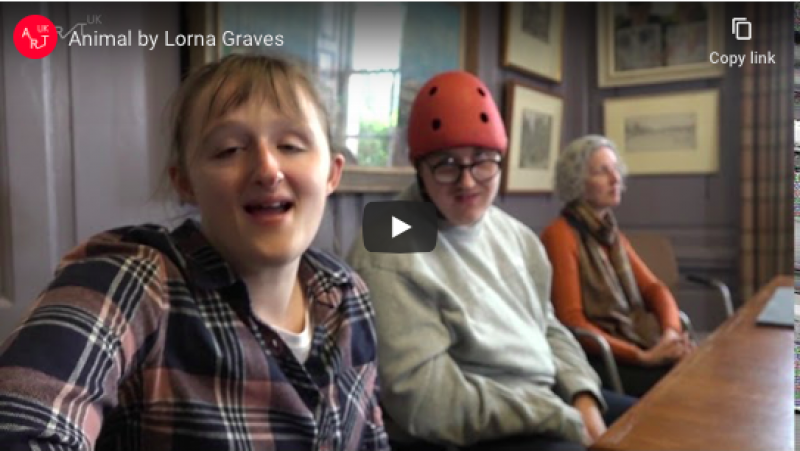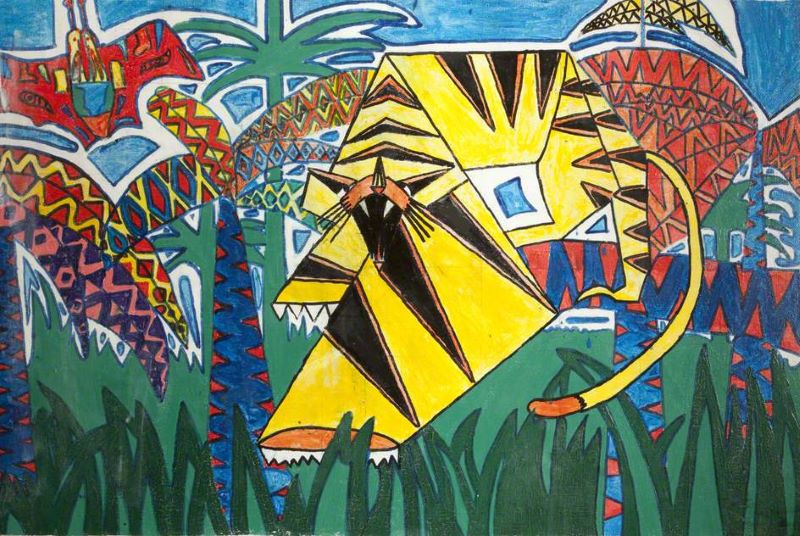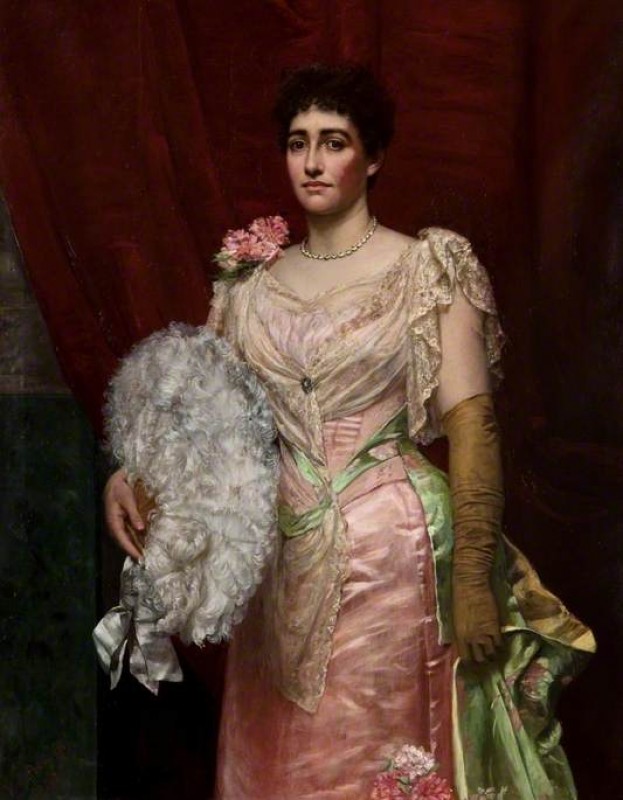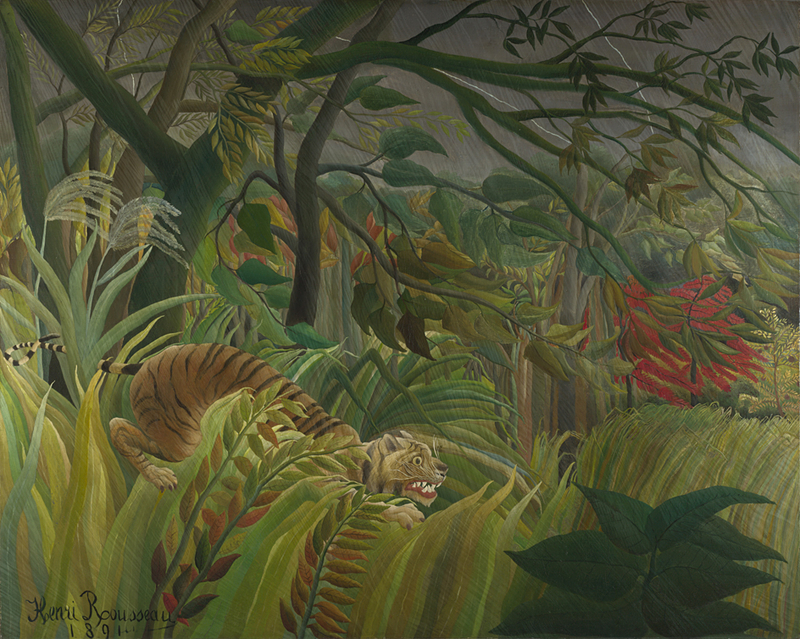Introduction
Create an animal adventure story using artworks as inspiration.
Penguin drawing inspired by 'King Penguin Group' in North Berwick
This activity is designed for KS 1, CfE level 1, PS Level 2 and younger KS 2, CfE level 2, PS Level 3 students. It is also a simple activity for families to try at home. For the activity, we will be using artworks from our partner museum and gallery collections for inspiration. You can find these on Art UK's website.
Choose a sculpture, painting or print from the website and draw, paint or collage it and cut it out. Then create an adventure story for your animal with painted backdrops.
You could use this activity to join The Art Fund's The Wild Escape project, celebrating UK wildlife and creativity.
Materials
Things you might need to make your sculpture adventure:
- drawing materials (or paint or collage materials)
- paper
- card
- scissors
- glue
- sticky tape
Step 1. Choose an artwork
The first thing to do is to choose an animal artwork. Search Art UK's website to find an animal hero for your adventure. There are thousands to choose from!
Search for an animal artwork on Art UK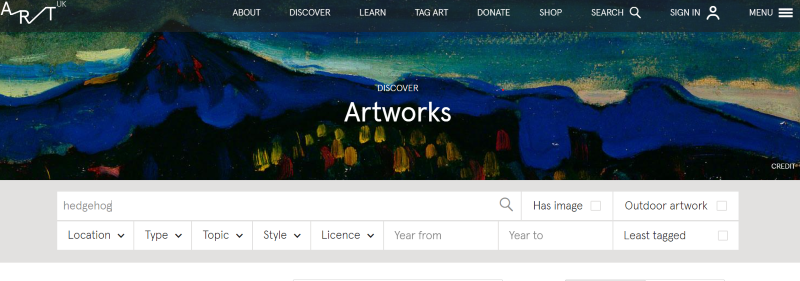
Type an animal (or bird or insect) into the search box and be inspired!
If you'd like to find an animal artwork in a museum or gallery that is local to you, you can filter your search results by location. Select the location tab and add your town or postcode to the search box.
Add a location to find artworks in your local museum or gallery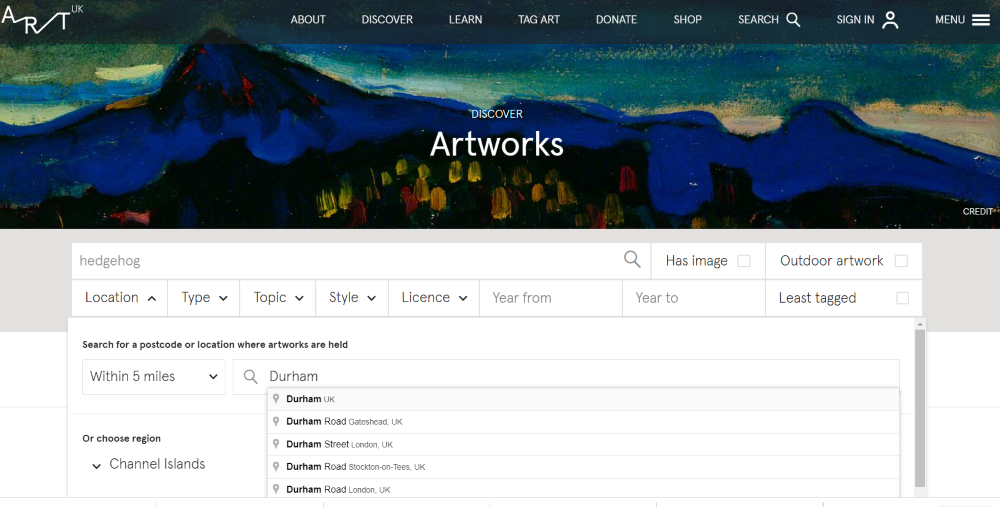
We chose King Penguin Group, a bronze sculpture by George Ross Graham which is outside the Scottish Seabird Centre in North Berwick.
Step 2. Draw, paint or collage your artwork
We decided to focus on one penguin from the group (who looked like it was ready for an adventure!)
Draw your animal on thick paper or card. Look closely at the artwork and think about the animal’s size and shape. Our penguin drawing is a lot rounder than the original, so don't worry if it doesn't look exactly the same as the animal in the artwork.
Penguin drawing inspired by 'King Penguin Group' in North Berwick
We used oil pastels to draw the penguin and make it brightly coloured. You could use paint or crayons. Or you could collage your animal using scraps of craft or recycled paper.
Step 3. Cut it out and make it stand up
Carefully cut out your drawing, painting or collage.
Then add a flap to the back of your animal so that it can stand up by itself. You can do this by bending a strip of card in half and attaching one half of the card to your animal cut-out. The flap should look like a half-open hinge or a book, with the other half of the flap resting on your table or floor to prop your animal up.
Step 4. Give it a character and a name
Once you've made your cut-out, think about creating a story for your sculpture.
First, decide on what sort of character your animal is.
Is it quiet and shy? Is it noisy and boisterous? Is it mischievous (does it steal washing from washing lines?), or is it brave? Does it have secret superpowers? Does it change colour?
Think of a name for your animal.
It might help to share your ideas with your friends or other students in your class.
Step 5. Create your story
Our story is going to be about Penelope (which is the name of our penguin character). She is going to leave the other penguins behind, jump down from the plinth and travel around the world to see things she has never seen before.
We started to think about what adventures she might have.
Our first idea was that Penelope would like to visit other sculptures. She particularly liked a sculpture called Figure (Archaean) by Barbara Hepworth.
Figure (Archaean)
(one of an edition of seven)
1959
Barbara Hepworth (1903–1975)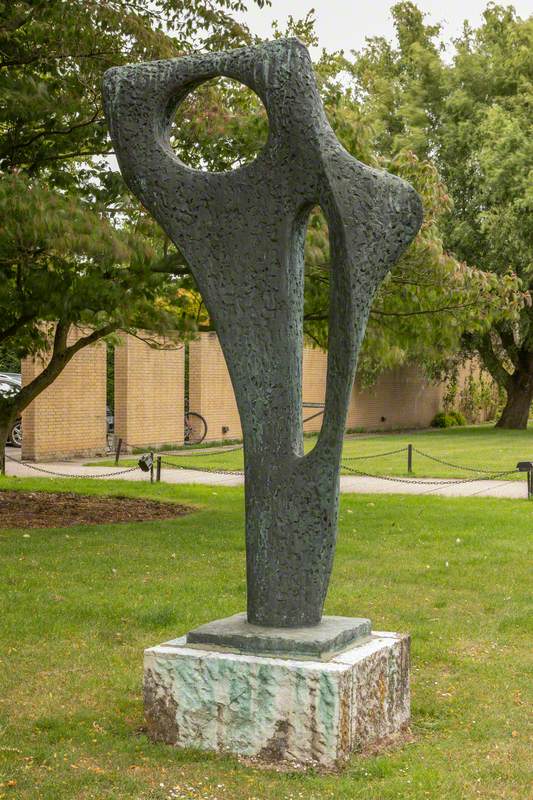
She liked its shape but also liked it because it was made from bronze, just like her. We made a cut-out of the sculpture so that Penelope can stand and look at it as much as she likes!
Barbara Hepworth sculpture cut-out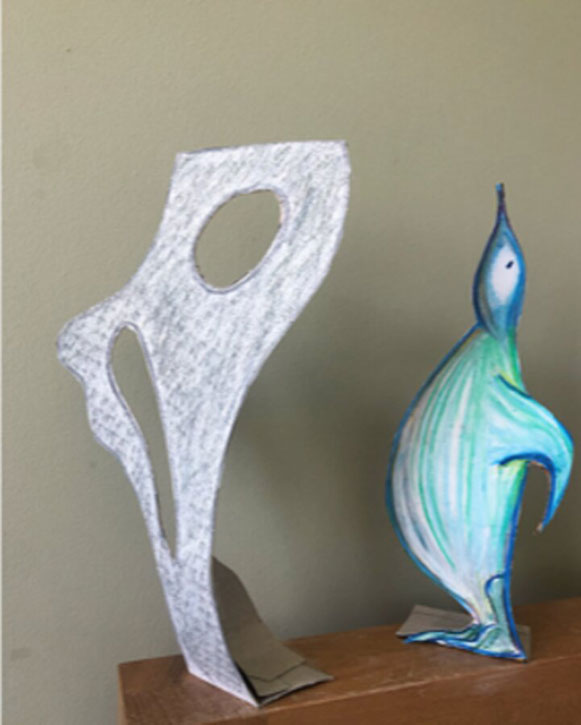
You could choose other artworks from Art UK to be part of your adventure. They don't have to be abstract sculptures, they could be other animals or people. You could also choose castles or bridges … or rockets!
Tattershall Castle, Lincolnshire, from the North East
1886
Isabelle Smith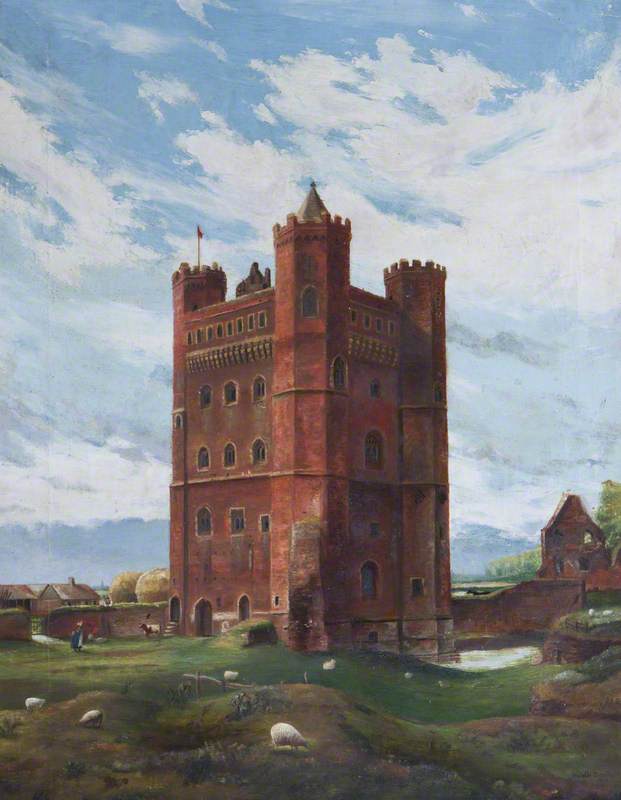
Make cut-outs of other things you want to include in your adventure.
Step 6. Create your backdrops
Now you have a plan for your animal story, draw, paint or collage different backdrops to bring it to life. Use big sheets of paper or card for your backdrops. These could be sheets of sugar paper or newspaper or cardboard boxes opened up.
We wondered what else Penelope would like to see. Perhaps she'd like to go into space. We found this artwork on Art UK to inspire us ...
... and we created an outer space backdrop where Penelope could become the first penguin astronaut. To make this backdrop we drew yellow stars on black card and made paper planets.
Outer space backdrop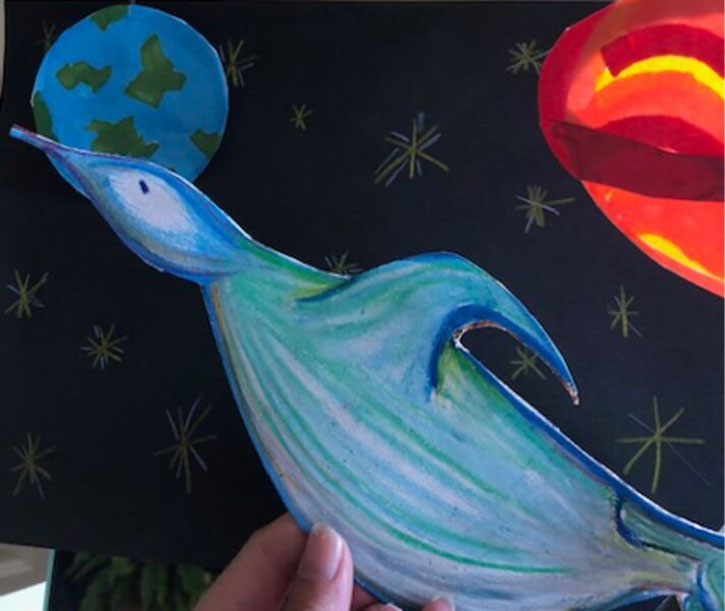
Penelope next visited a farm where she saw some giant carrots. (This is Penelope standing in front of a carrot field).
Our penguin and three giant carrots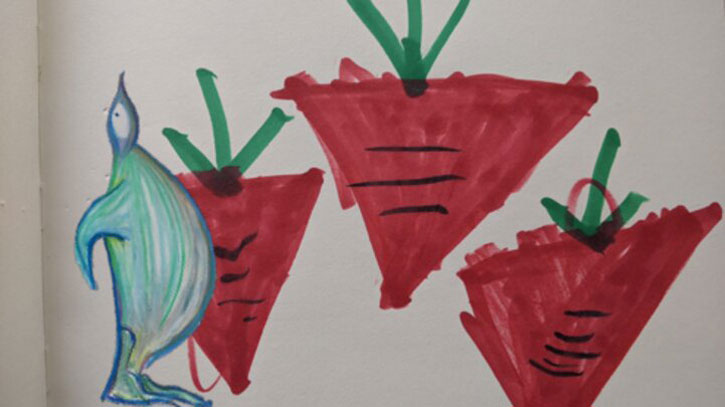
Then she went exploring in the desert. But the sand and sun were much too hot for her!
It’s too hot in the desert!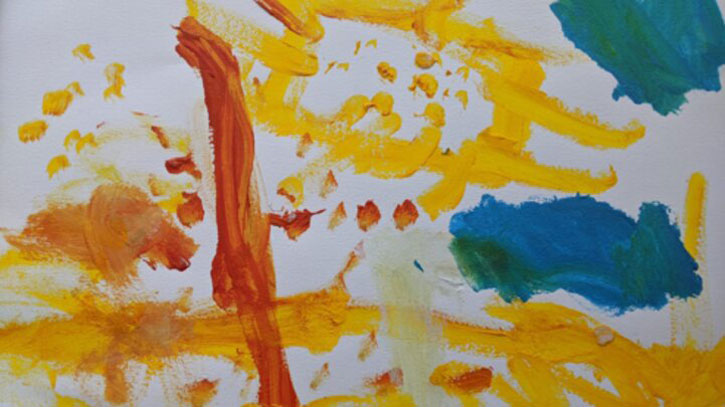
So she travelled to Antarctica, where she saw met of other penguins, and found a lovely blue pool to jump into to cool off!
Take a dip, penguin!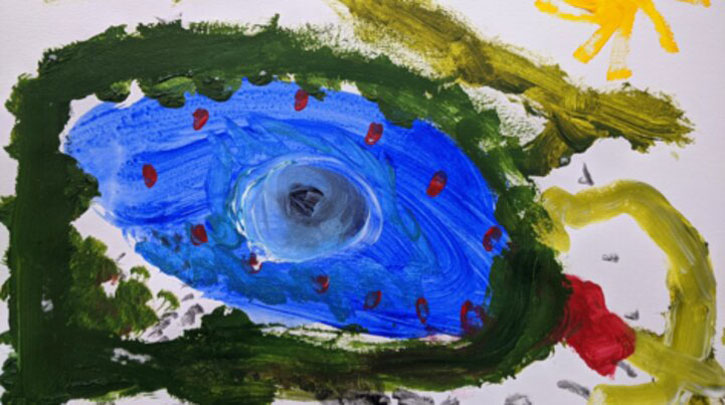
Step 7. Tell your story
- You could tell your story to your class or family. Use the different backdrops and stand (or hold) your animal character in front of the backdrops to bring your story to life.
- Or you could write your story and illustrate it with drawings of your animal on its adventure. (You could photograph your animal cut-out in front of your backdrops to create photographic illustrations.)
- Or develop your story into a comic strip with narrative boxes and speech bubbles.
- What about creating an animation of your animal adventure? Use our animation resource to find out how.
Extension idea: explore cut-outs in art
Now that you have had a go at making a cut-out, explore artworks made from cut-outs. (This might give you ideas for more art projects.)
- Have a look at artist Anne Ryan and her cut-outs called Earthly Delites – they are colourful and expressive.
- Be inspired by Pablo Picasso's sculptures or paper cut-outs. Did you know some are made from single sheets of A4 paper?
- At one point in his career, Henri Matisse used paper as his primary medium and created colourful pictures using cut-outs.


